Diamond Ring Cuts
Our craftsmanship can’t be matched, find out why.
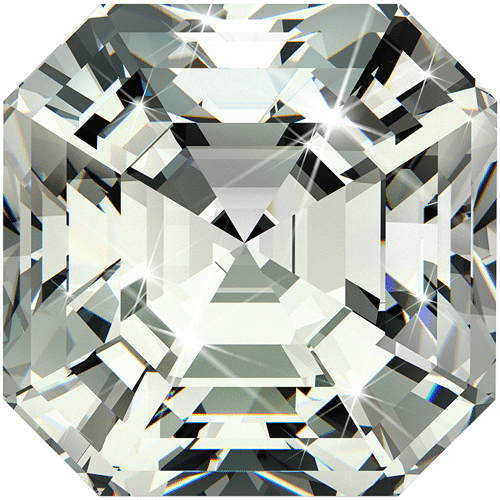
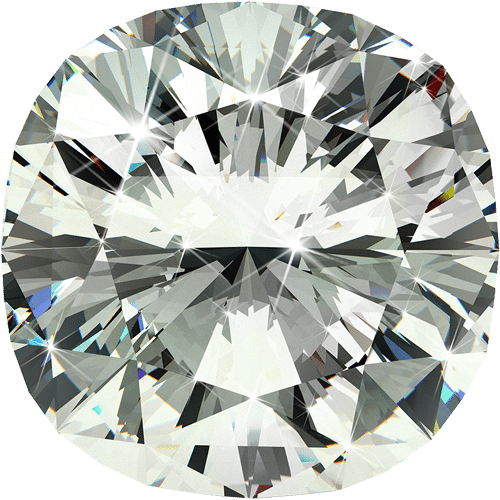
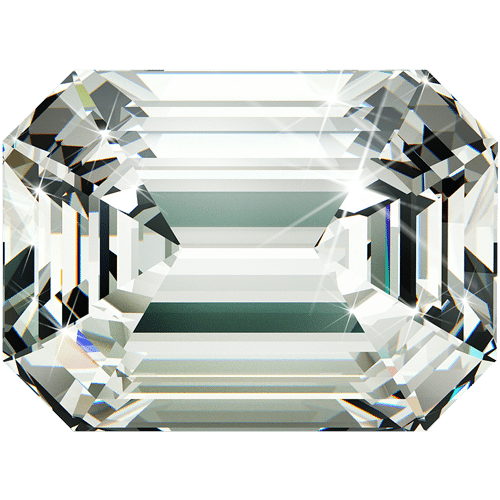
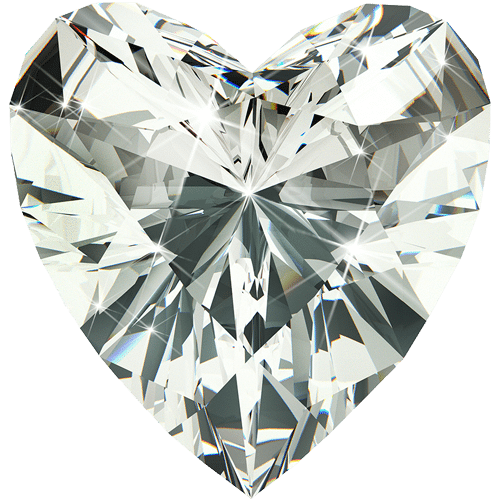
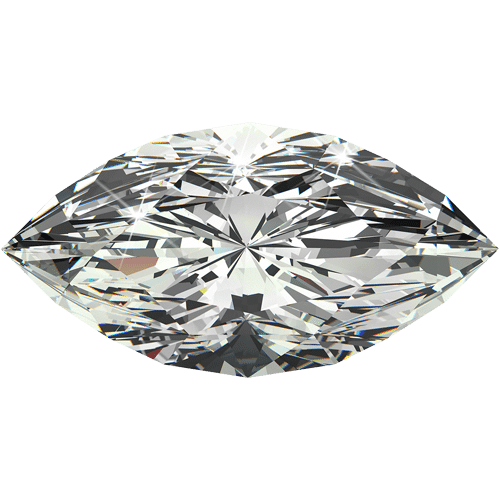
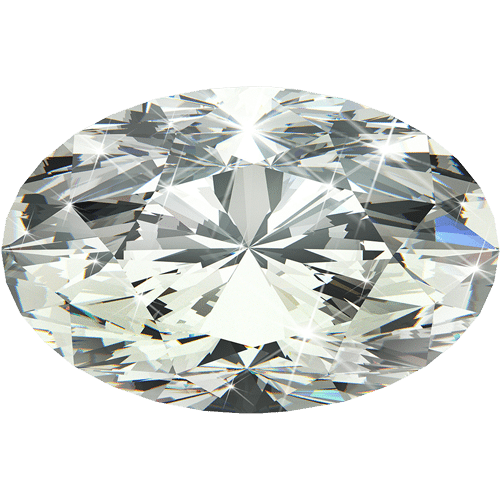
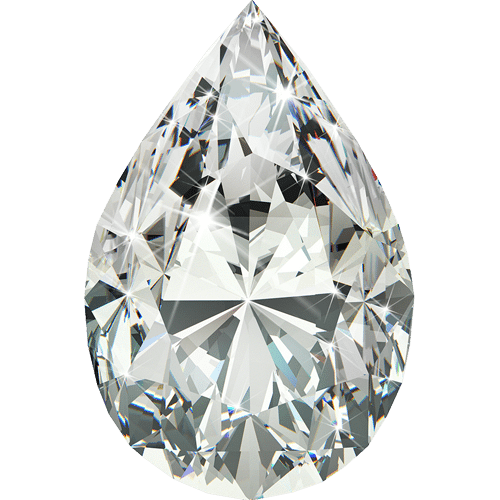
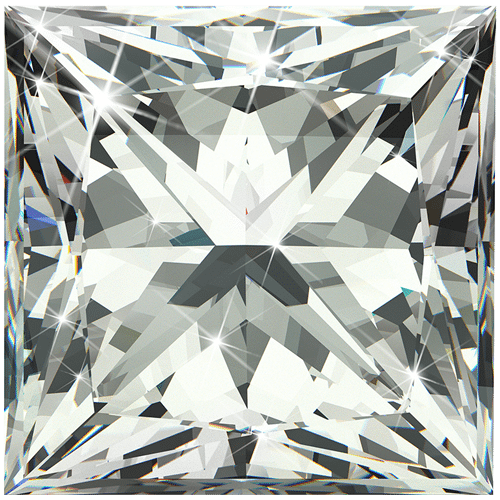
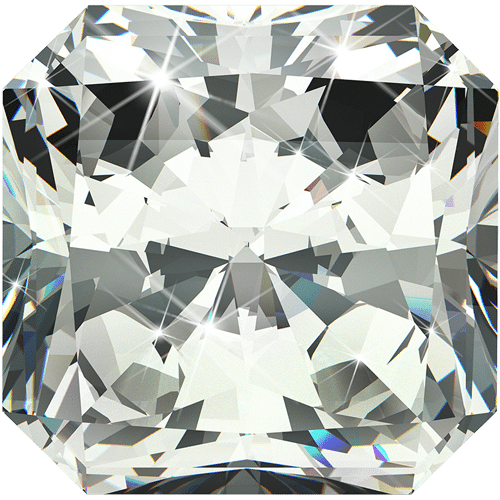
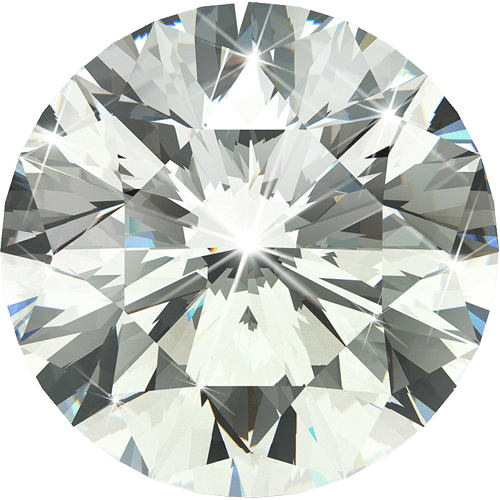
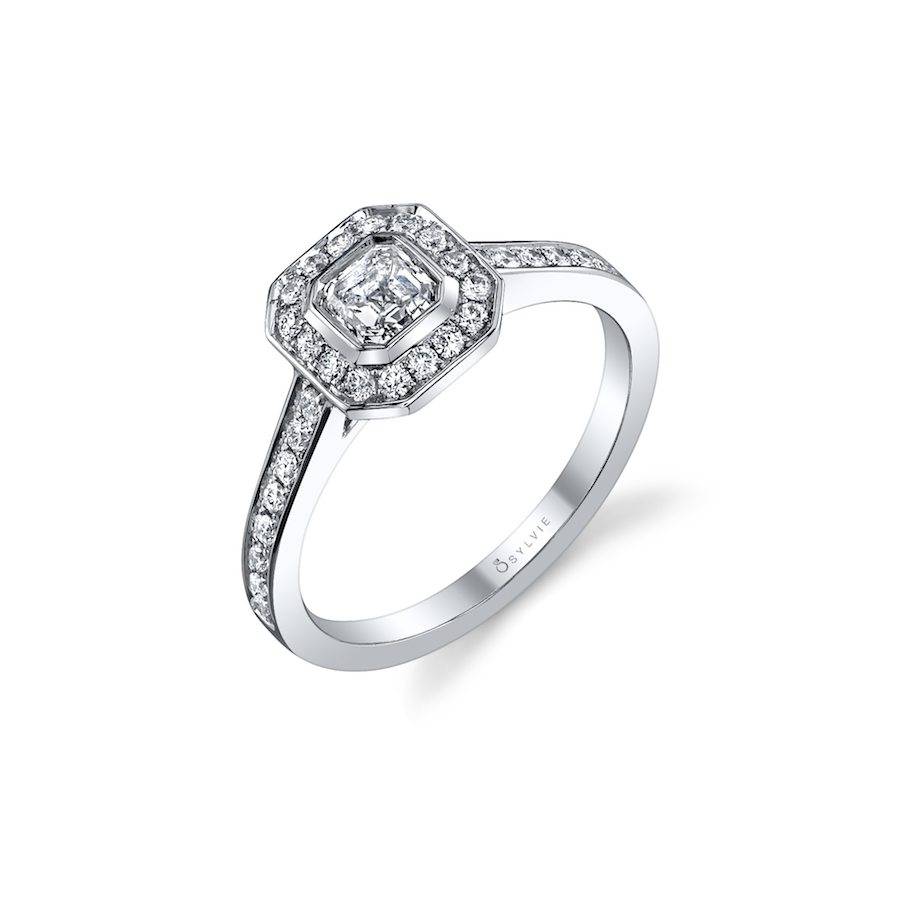
The Asscher is a square cut similar to the emerald with step facets. However, it is more square than it is rectangular, with clipped corners. Created in 1902 by the Asscher Diamond Co., the Asscher cut is a patented rectilinear cut. The square-ish step cut has deeply cut corners that give it an almost octagonal outline. Because of its high crown and small table, the Asscher cut has more light and fire than an emerald cut—generally displaying an effect similar to a house of mirrors with concentric square patterns.
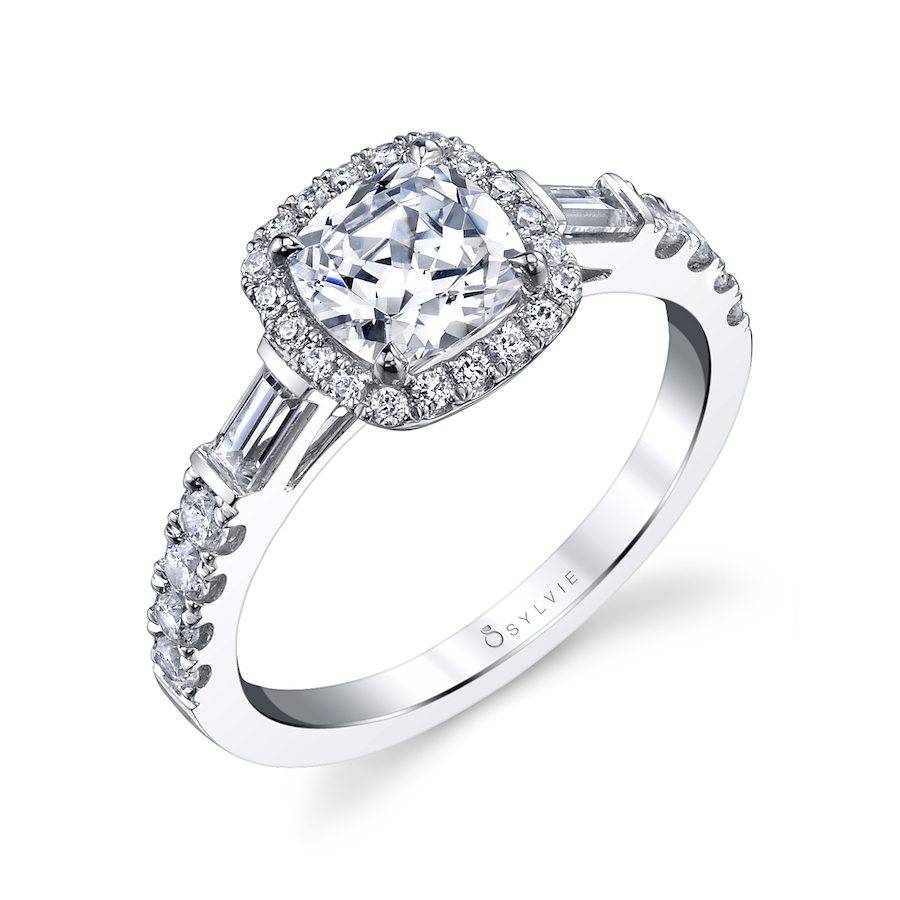
The cushion is rectangular with rounded corners and larger facets designed to increase brilliance. Created around 1830, a cushion cut has 58 brilliant-style facets and resembles a pillow shape. Cushion cuts are a little less brilliant than modern round brilliant diamonds, but are more dispersive (which refers to the separation of white light into spectral colors).
`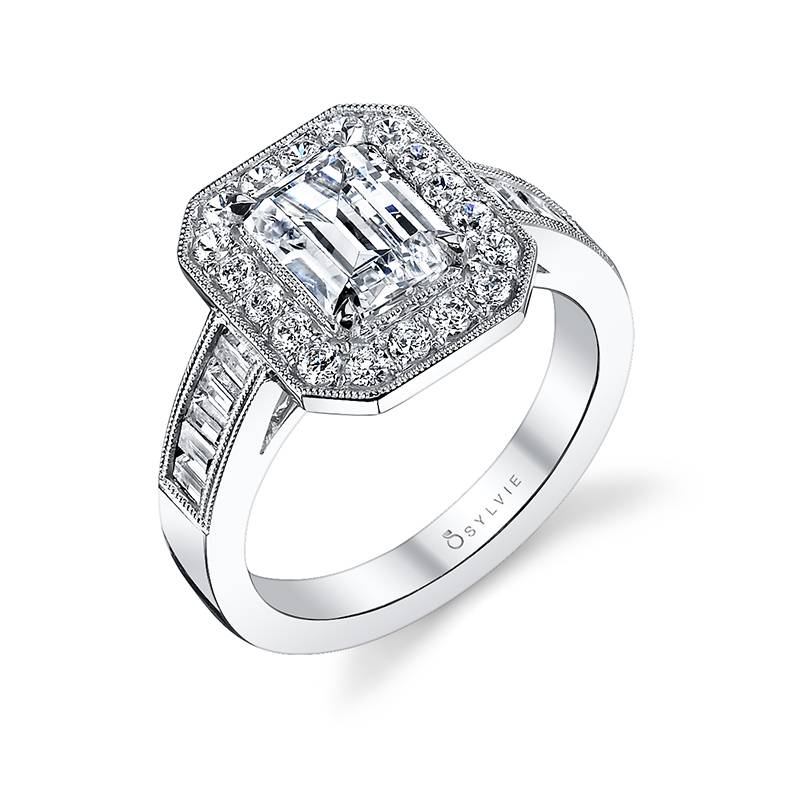
The emerald is a rectangular cut, originally designed for showcasing its namesake gem. The emerald cut is a step cut, which means it has rows of facets. Step cuts are composed of larger facets which act like mirrors and resemble a staircase. The emerald cut has 58 facets: 25 crown (top), 8 girdle (middle) and 25 pavilion (bottom). Because of the angle, size, and shape of the facets, the emerald cut shows less brilliance and fire than brilliant cut diamonds. Because of it’s large table and open, large facets, a higher color and clarity in the stone is important because flaws, color weakness, and a poor cut are more likely to become visible at lower grades.
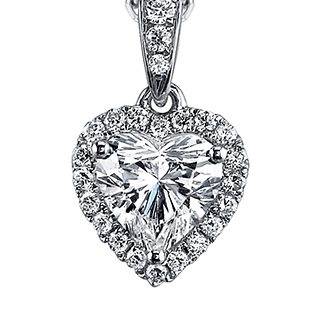
The heart shaped diamond is a variation of the pear. The heart shape is a brilliant cut that requires a perfectly symmetrical appearance. The lobes – the rounded parts of the heart – of the stone should be of even height and width for the ideal overall shape.
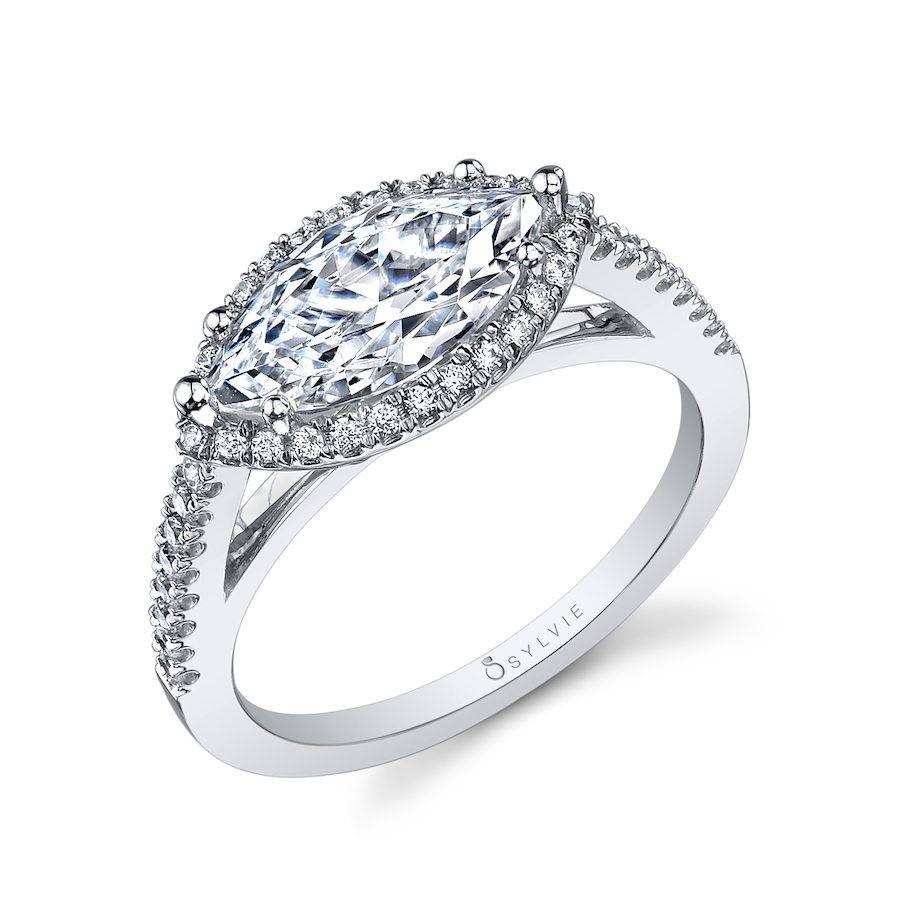
The marquise is a brilliant cut with rounded sides and points at either end, similar to a football. The marquise is usually cut as an adaptation of the 58 facet standard brilliant (33 crown, 25 pavilion), the same as the round brilliant. Legend has it that the Marquise cut was commissioned by King Louis XIV to resemble the smile of his mistress, the Marquise de Pompadour. The Marquise has a very large surface area for the carat weight so it is an excellent option for a big, longer looking stone.
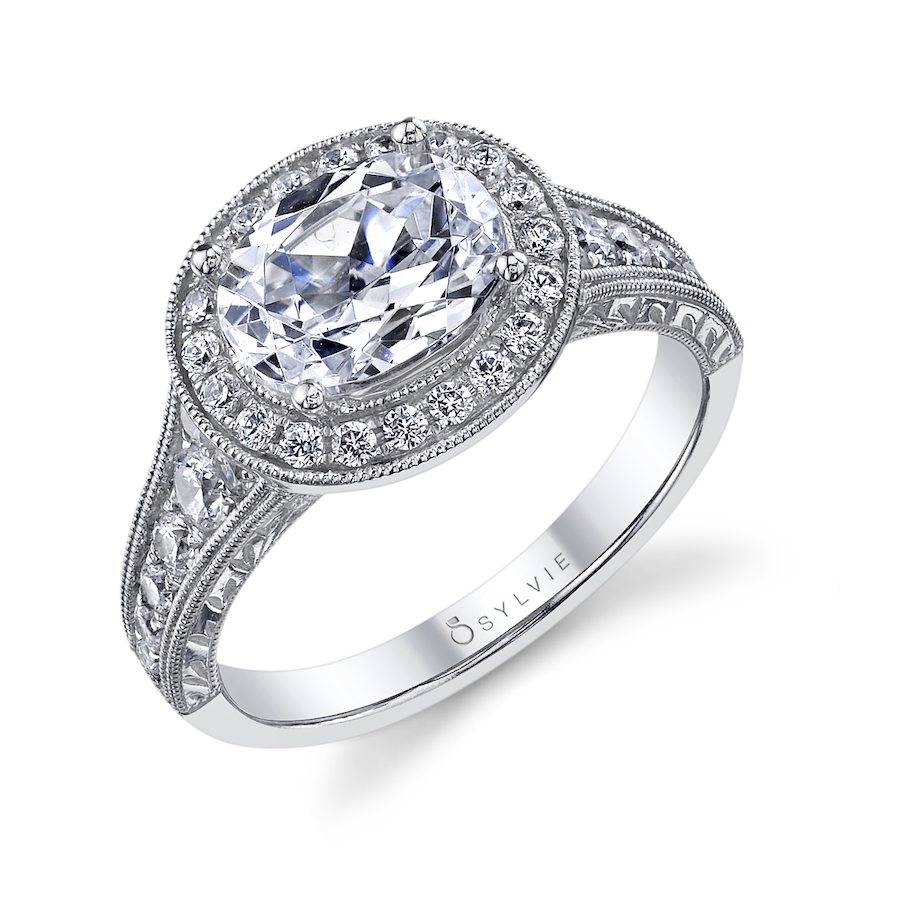
The brilliant cut oval is an elliptical, perfectly symmetrical design, created by Lazare Kaplan in the late 1950s. The oval diamond provides a larger surface area than a round cut diamond with the same carat weight. Typically cut with 56 facets, the oval diamond has beautiful brilliance that's similar to a round. The modern oval cut is a fiery diamond that reflects light brilliantly. The elongated oval shape gives a flattering illusion of length to the hand, and its symmetrical design is popular among women with small hands or short fingers.
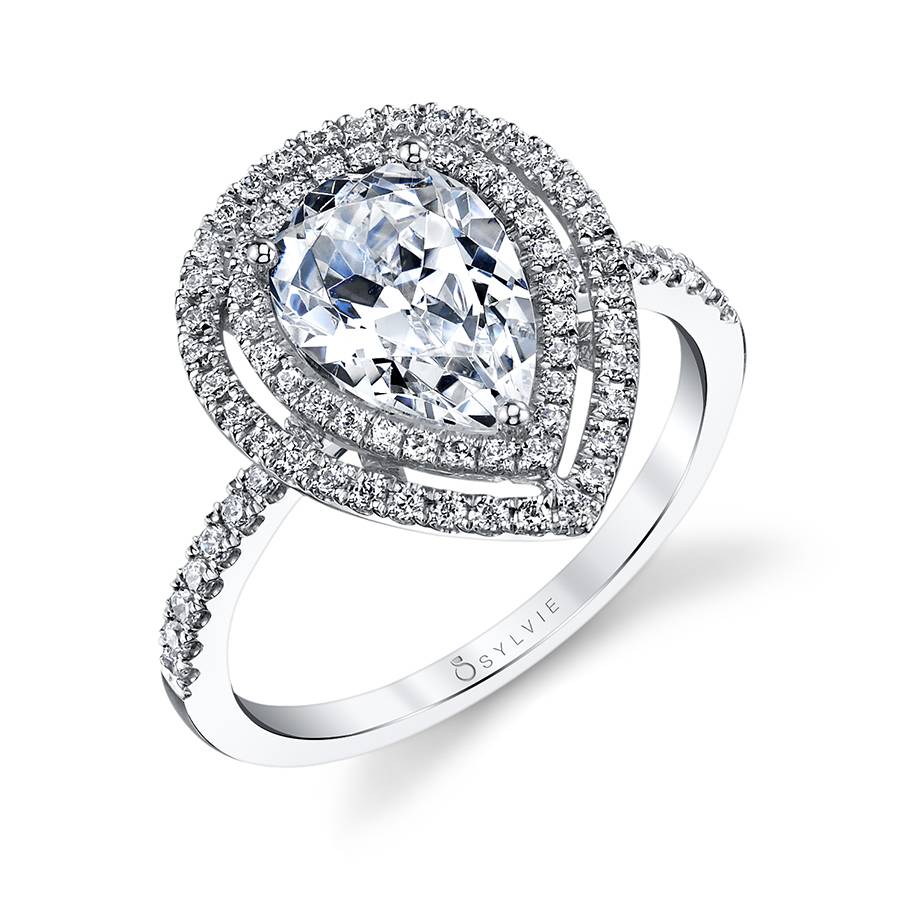
The pear shaped diamond is based upon the traditional round diamond, and was created in 1400 by Lodewyk “Louis” van Berquem. The pear shape is a combination of the round and marquise brilliant cuts and usually has a 58 facet brilliant pattern. The teardrop shape has a round or oval shape on half the facet pattern, while the other half resembles a marquise with the sides tapering to a point.
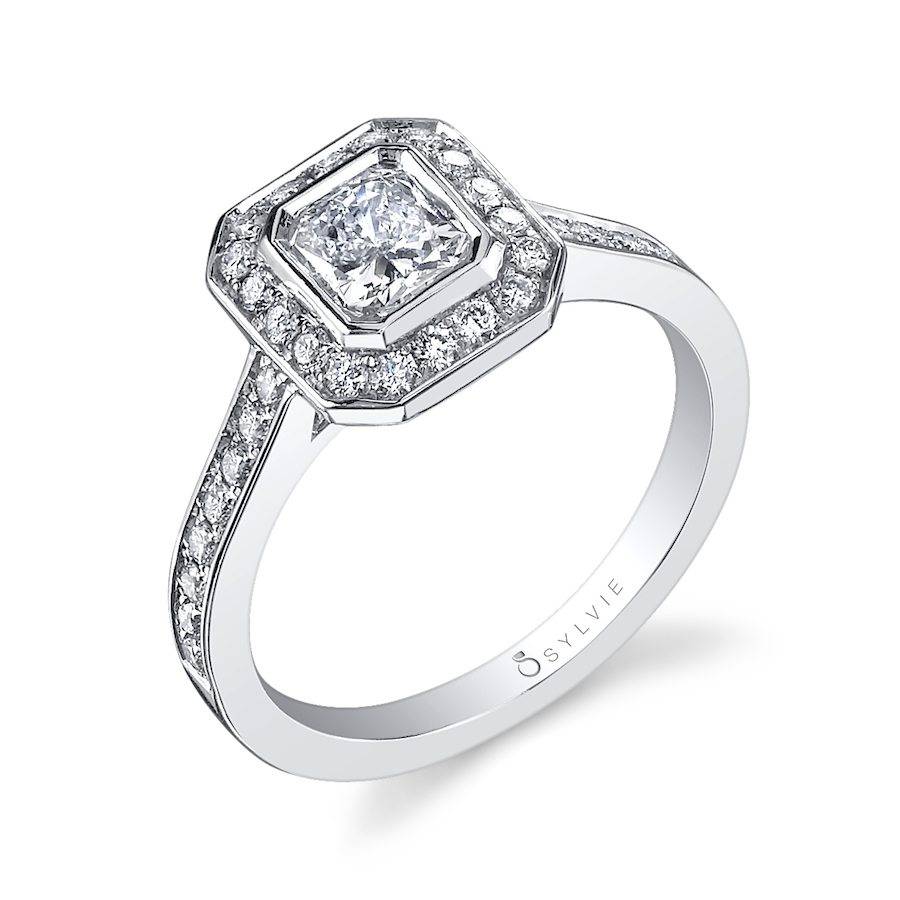
The radiant is a square with trimmed corners, refined by Henry Grossbard in 1977. The radiant cut diamond has 62-70 facets to maximize color refraction. The radiant cut is a patented name and is also known as a cut-cornered, rectangular (or square) modified brilliant diamond. Its cropped corners help to minimize chipping. The Radiant Cut is the first cut to have a complete brilliant facet pattern applied to both the crown and pavilion and as such presents a much more dazzling and brilliant diamond than the simple emerald or Asscher cut.
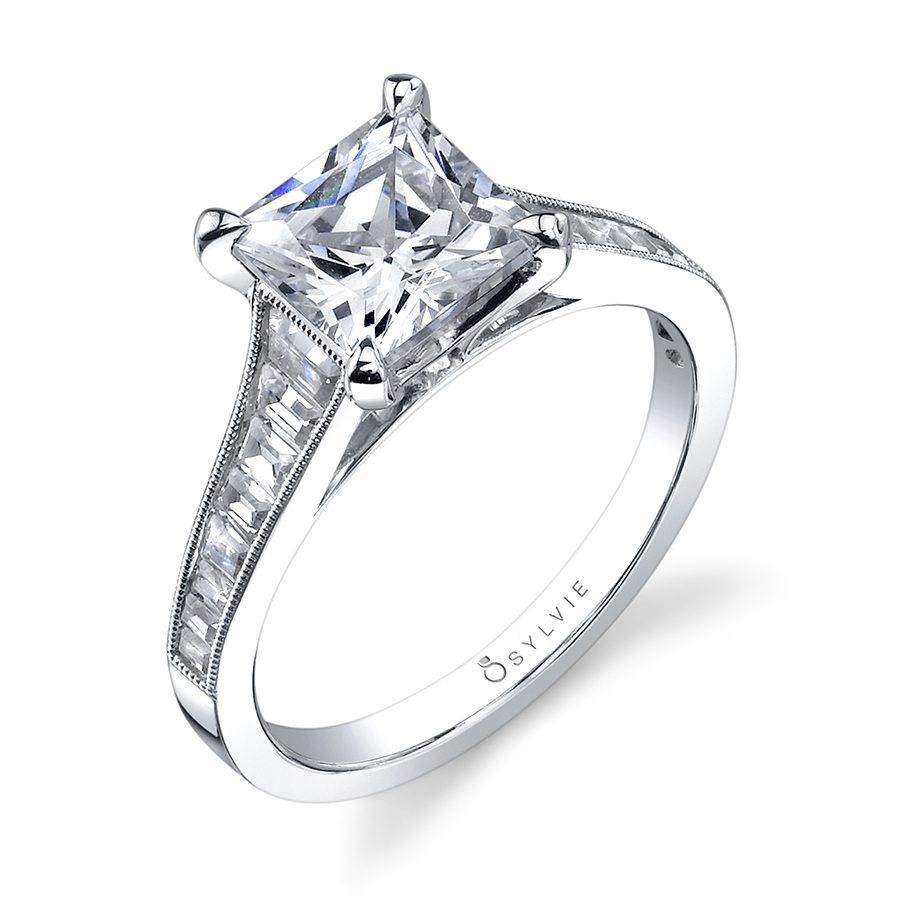
The princess is a square cut with sharp edges and corners, attributed to Basil Watermeyer (a South African diamond cutter) in 1971. The princess cut features unique and intricate facets: the crown (top), is cut with a round, face-up shape. The bottom, called the pavilion, is shaped similar to a cone. A princess cut with the same width as the diameter of a round brilliant will weigh more as it has four corners which would otherwise have been cut off and rounded to form a round brilliant.
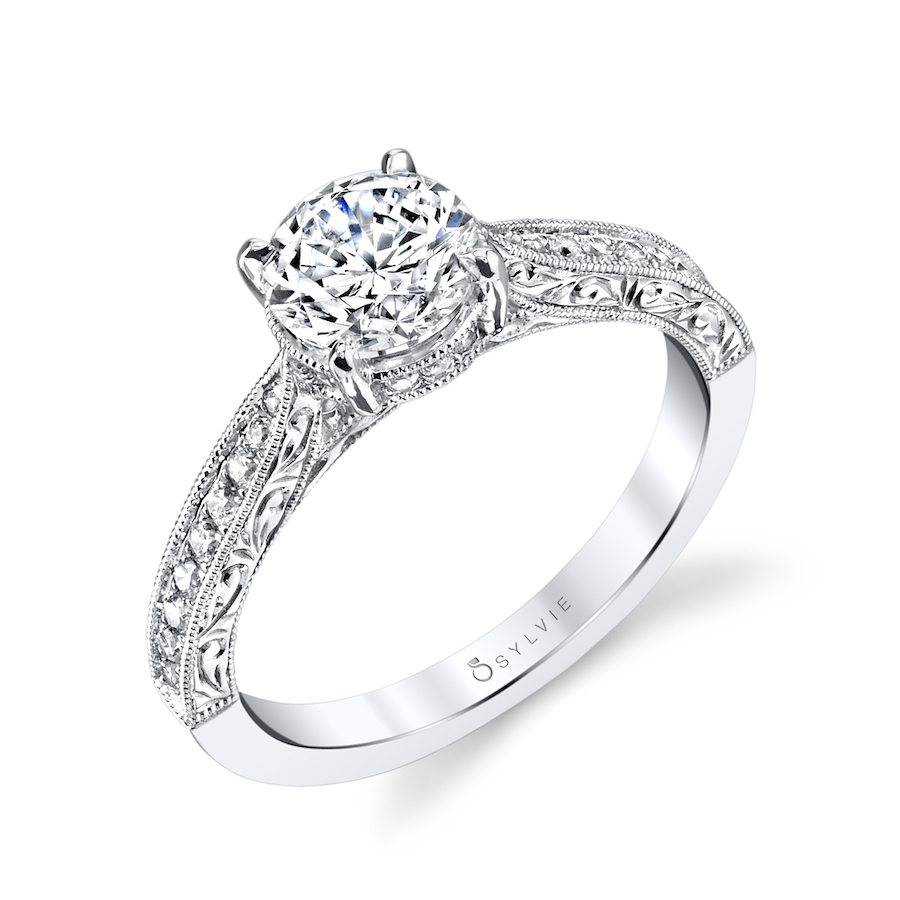
The round brilliant is the most popular diamond shape, and like its name implies, features a round shaped stone. It was created in 1919 by Marcel Tolkowsky, using mathematical calculations that combined both brilliance and fire. Brilliance refers to a cut of vertical crown and pavilion facets. The 58-facet cut, divided among it’s crown (top), girdle (widest part) and pavilion (base), is calibrated through a precise formula to achieve ideal proportions, and has the best angles for maximum sparkle (fire) and light reflection.